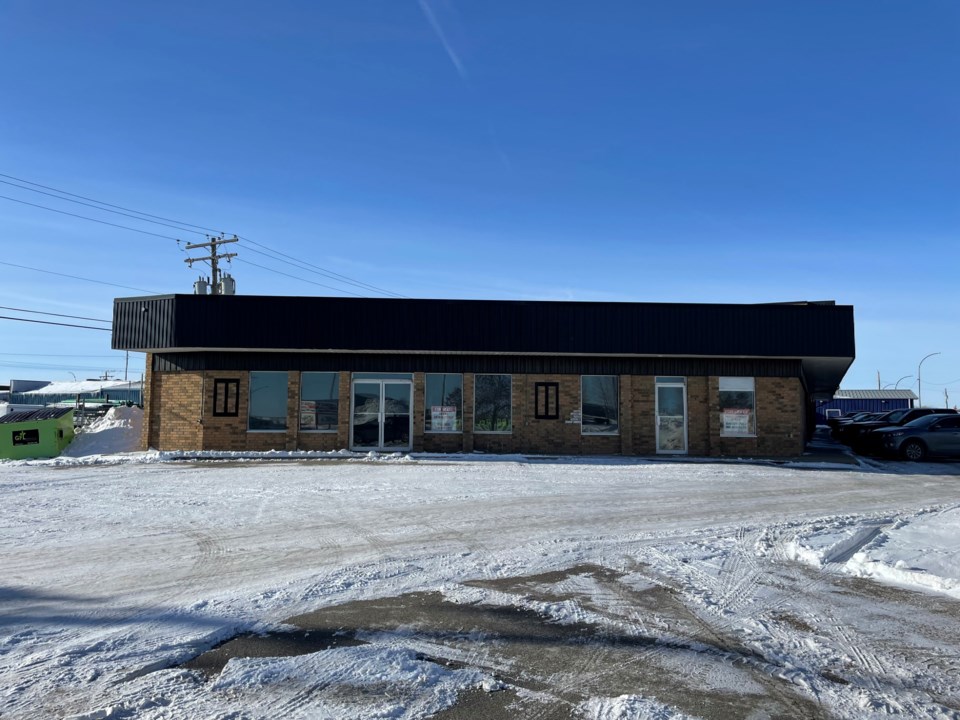ESTEVAN - The Estevan Public Youth Centre is progressing with its first-ever girls-only art project.
Life in an Instant is a four-week adventure and also a study on rural girlhood that started with training June 9.
The centre's executive director Juli Dzuba said they are very happy with how things are going and with the turnout for the initiative.
"It was very exciting to have all the girls come together and start the project, just get familiar with what a research project is, learn how to use the cameras and understand what the prompts were for the week," Dzuba shared.
Over 20 Grade 7-9 students joined the group, and Dzuba said it was a perfect group size, allowing for participants and group facilitators to connect.
"We were very happy with the turnout and the number of girls that came out. The feedback from the girls from the first night was really positive," Dzuba said.
The first night, they got to meet each other, go over the research project, and have a look at what the next four weeks were about, what the end result would be, and what kind of steps would be taken along the way.
The project offered a unique opportunity for youths to share their life through photos and discuss their experiences of daily life in southeast Saskatchewan. Participants are using instant cameras to document their lives. In the end, the chosen photos will be displayed at the centre to share participants' stories and showcase their work.
Life in an Instant aligns with a research study being conducted by PhD candidate Meighan Mantei through Carleton University. It is supported by the Wenner-Gren Foundation and has been cleared by the Carleton University Ethics Board. The study is intended to explore girls' relationships to the space and community they live in through their own eyes. This group will help with data collection for the study and also will allow youth to connect with each other through their individual experiences.
Girls received their cameras at the first meeting, and Dzuba said the group was eager to start working on the project.
"There was definitely a lot of excitement. They were so excited to get the cameras and start using them, take pictures of things that even in the practice shots that we took, as we figured out how to use the camera, and gave them short [background tips] on symbolism and things like that. There were some really good photos that came out. And I think some of the girls were really excited to showcase those abstract things [and explore] how much you can interpret from one single picture. So there were a lot of really cool things that happened that night," Dzuba said.
Participants were able to go out and take pictures, thinking about the prompts and the questions for the research project during the first week.
"[They were asked to try to reflect] what it's like for them living in the southeast as they go through their day-to-day experiences. And some of the prompts that we asked them to think about as they're taking pictures were things like, what are some of the challenges that you're facing? What do you spend time doing? What matters most to your life? Also, things about southeast specifically, like what's your favourite thing about living here? And what's your least favourite thing about living here? Just so that we can get a well-rounded picture of what it's like for them," Dzuba explained.
Last week they brought their photos back to talk about them. Then they're going to select five photos and they're going to work with those five photos for the week after that, discuss them, break them into groups and give them captions. And those will be the photos that go into the exhibition for their last meeting.
It will be up to the girls to decide if they want to invite their family and friends over to see their works, or if they will want to open it up to the broader community. The Mercury will have the update once the decision is made.
After the exhibition, the pictures will be added to Mantei's research project, and copies will be made for participants.




